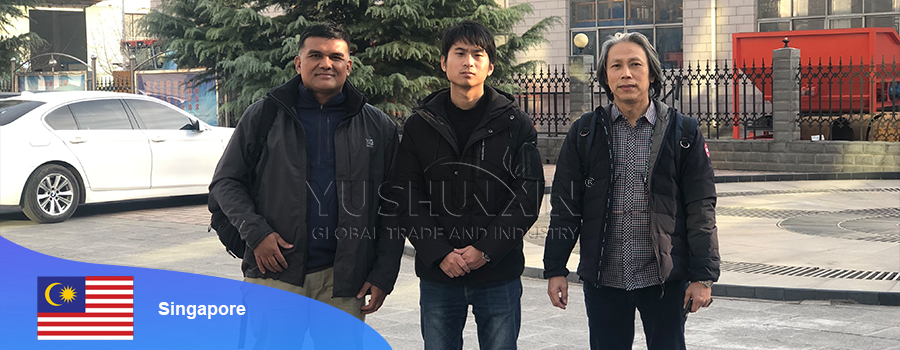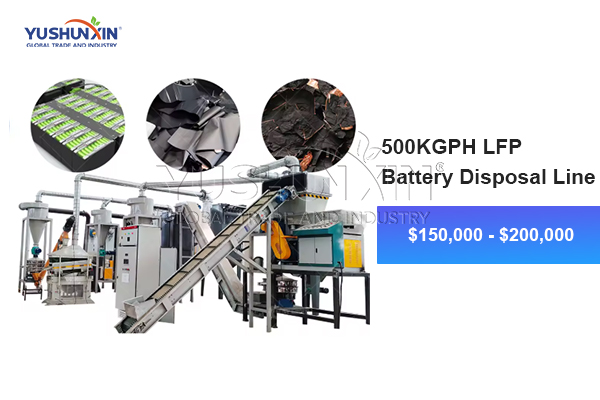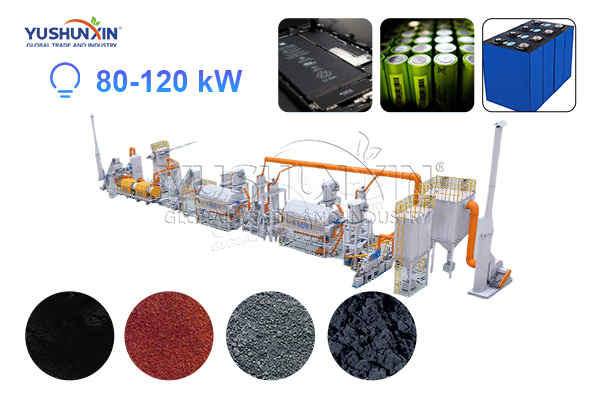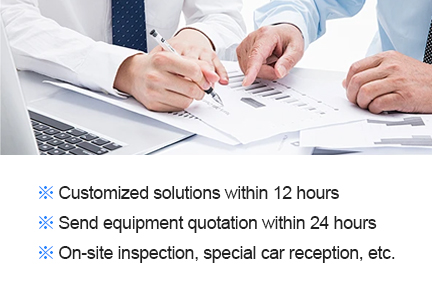The recycling process begins with a double shafts shredder and two hammer mills, reducing battery pieces from 2–4 cm down to 3 mm. The crushed material then enters a low-temperature dryer at about 120°C, which removes residual electrolyte. Emissions are purified through a dust removal system including a spray tower, activated carbon adsorption, and UV photocatalytic oxidation.

- بيت
- عن
- اتصال
- منتجات
- محطة إعادة تدوير بطارية LFP
- خط إعادة تدوير بطارية السيارة الكهربائية
- خط التخلص من بطارية الليثيوم الهاتف المحمول
- آلة إعادة تدوير بطارية الليثيوم
- 500كيلوغرام/ساعة نبات إعادة تدوير بطارية الليثيوم للبيع
- 1000مشروع التخلص من بطارية الليثيوم كيلوغرام/ساعة
- تكلفة آلة إعادة تدوير بطارية الليثيوم
- آلة تصريف بطارية الليثيوم
- آلة تمزيق بطارية الليثيوم
- معدات فحص بطارية ليثيوم لإعادة تدوير بطارية
- نظام جمع غبار إعادة تدوير بطارية الليثيوم
- حل
- تكنولوجيا
- خط التخلص من بطارية الليثيوم الميكانيكي
- عملية التخلص من الانحلال الحراري بطارية الليثيوم
- نبات إعادة تدوير بطارية الليثيوم الهيدروميتالي
- حلول إعادة التدوير لمواد فاصل بطارية الليثيوم في نهاية العمر
- استعادة غرامات الجرافيت والنحاس وإعادة استخدامها في التخلص من بطارية الليثيوم
- عملية فصل الكتلة السوداء في التخلص من بطارية الليثيوم
- حل التحكم في التلوث الصديق للبيئة في إعادة تدوير بطارية الليثيوم
- حالات&أخبار
- كيفية التخلص من بطارية الليثيوم في الهند
- 1000كيلوغرام/ساعة التخلص من بطارية الليثيوم في اليابان
- كيفية إعداد نبات إعادة تدوير بطارية LFP 500 كجم/ساعة في سنغافورة
- $300,000 تكلف الهاتف المحمول مبنى بطارية التخلص من بطارية المبنى في المملكة المتحدة
- كم هي إعادة تدوير بطارية السيارة الكهربائية في أستراليا
- قمة 4 يستفسر عن إعادة تدوير بطارية الليثيوم في سنغافورة
- مصنع لإعادة تدوير بطارية الليثيوم أيون الميكانيكي لإعداد عائد الاستثمار السريع
- نمو استثمار مصنع التخلص من بطارية الليثيوم في الجزائر 2025
- التعليمات
احصل على الحل










